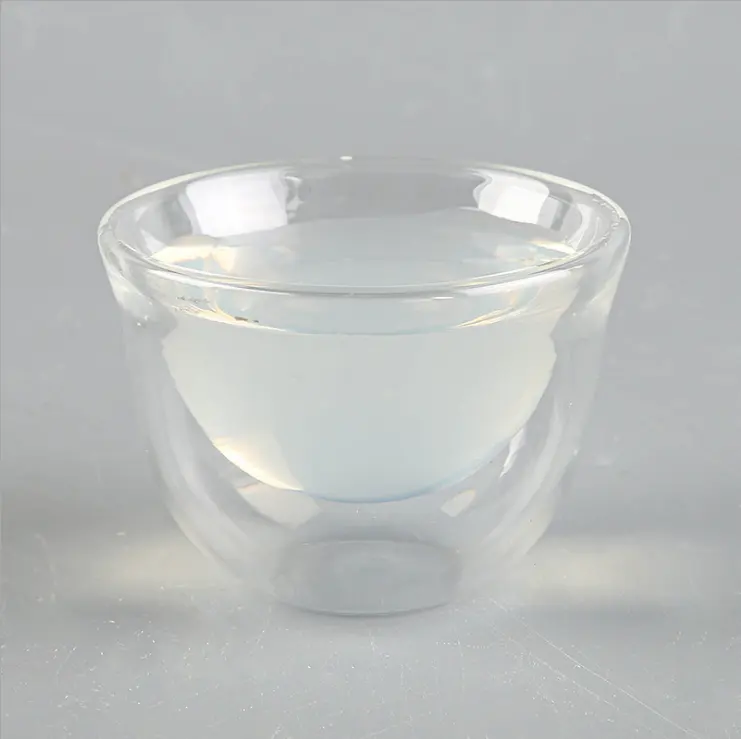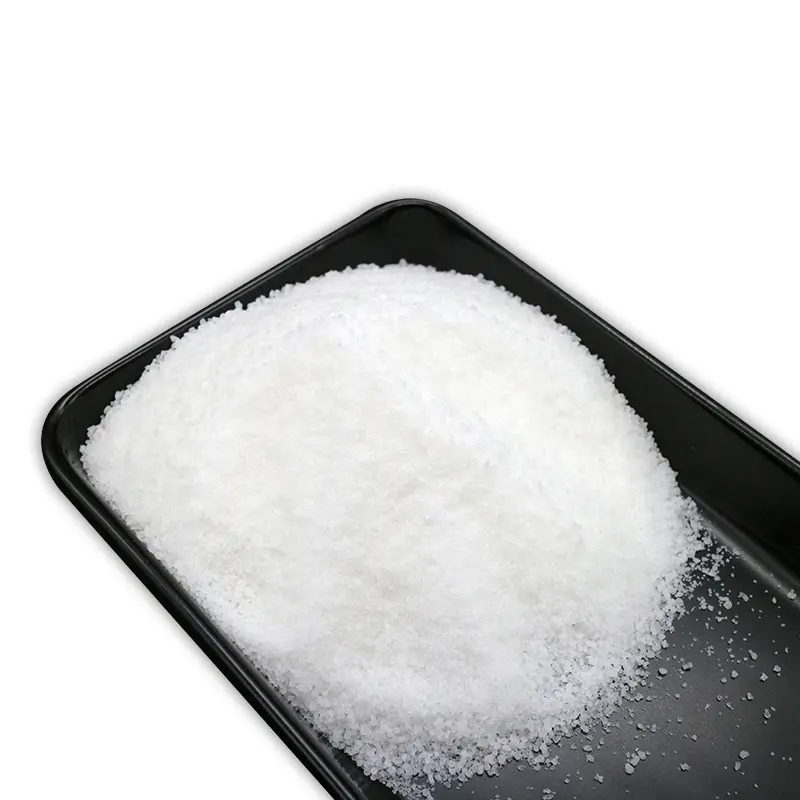Water treatment refers to the removal of pollutants in water bodies through various physical, chemical, and biological technologies, so as to meet the standards for industrial and domestic water use. Although both anionic polyacrylamide emulsion and cationic polyacrylamide powder are water treatment products, due to the difference in the charge on their molecular structures, there are significant differences between the two in water treatment. By comparing and contrasting these two types of products, we can deepen our understanding of their performance characteristics, thereby guiding users to reasonably select products during use.
Characteristics and Applications of Anionic Polyacrylamide Emulsion

Basic Properties of Anionic Polyacrylamide Emulsion
Anionic polyacrylamide is a type of macromolecular polymer that contains anionic groups in its molecular chain. This material has good adsorption properties, enabling it to adsorb positively charged particles during water treatment, promoting their aggregation and precipitation, and achieving water purification.
Anionic polyacrylamide has strong adsorption and bridging effects, making it an efficient water treatment material. Compared with other water treatment agents, a smaller amount of anionic polyacrylamide is required to achieve the same effect.
It also has a wide range of applications and can be used in water of different pH levels and temperatures.
Limitations
Limited effect on treating oily substances: Anionic polyacrylamide emulsion is not very effective at treating oily substances in water.
Requires proper storage
Anionic polyacrylamide emulsion needs to be stored in a light-proof and dry environment, otherwise, it may become ineffective.
Characteristics and Applications of Cationic Polyacrylamide Powder

Basic Properties of Cationic Polyacrylamide Powder
Cationic polyacrylamide powder is a high-molecular-weight flocculant with cationic groups in its molecular chain. This allows it to effectively adsorb negatively charged particles in water, promoting particle aggregation and settlement, and achieving water clarification. This product can quickly remove suspended solids and fine particles in water when used for water treatment. Due to its high efficiency, a smaller amount of cationic polyacrylamide powder is required to achieve the same effect, thereby reducing treatment costs.
This series of products is suitable for use in water of different pH levels and temperatures.
Limitations
Less efficient for certain pollutants: Cationic polyacrylamide powder is less efficient at treating certain pollutants, such as petroleum and organic matter, compared to other types of flocculants.
Must be used reasonably: During use, it is necessary to choose different types of cationic polyacrylamide powder based on the characteristics of the water quality. If an unsuitable type is used, the desired treatment effect may not be achieved.
Comparison of the Effects of Anionic Polyacrylamide Emulsion and Cationic Polyacrylamide Powder
Different Applications
Industrial Wastewater Treatment
Anionic polyacrylamide emulsion has a clear purification effect on wastewater containing a large amount of suspended particles and organic matter, making it particularly suitable for industries such as textiles, printing and dyeing, and papermaking. However, cationic polyacrylamide powder has broad application prospects in treating wastewater with high oil content and high concentrations of heavy metal ions.
Urban Wastewater Treatment
Anionic polyacrylamide emulsion is a new type of polymer material suitable for treating urban wastewater, and it has good adsorption properties for organic matter and suspended particles in water. Cationic polyacrylamide powder can also have a certain effect in the above situations, but its main application is in sludge dewatering.
Sediment and Soil Conservation
Cationic polyacrylamide powder has advantages in sediment fixation and soil conservation in rivers and lakes.
How to Choose the Appropriate Flocculant Based on Water Quality Characteristics
Results show that anionic polyacrylamide emulsion is more suitable for water with high pH, low temperature, and high concentrations of suspended particles.
Cationic polyacrylamide powder is mainly used for water with low pH, high temperature, and the presence of oils, fats, and heavy metal ions.
Analyzing the Differences in Cost and Convenience of Operation
Anionic polyacrylamide emulsion is in liquid form, making it easy to dissolve, mix, and use. However, cationic polyacrylamide powder needs to be dissolved before use, which can take a lot of time and equipment.
In terms of storage and transportation, anionic polyacrylamide emulsion requires specific containers and environments due to its liquid state, while cationic polyacrylamide powder is more convenient in this regard.
Therefore, choosing the appropriate flocculant is key to ensuring the effectiveness of water treatment, reducing costs, and improving operational efficiency. In practical applications, it is necessary to make scientific and reasonable selections based on actual conditions, such as pH, temperature, types and concentrations of suspended solids, as well as the characteristics of the flocculants.
